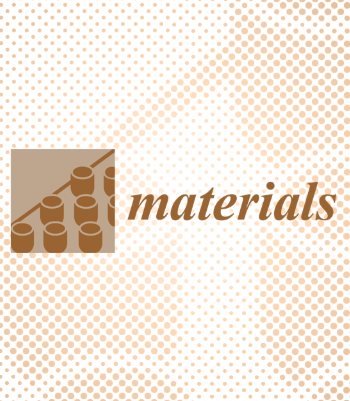Hydrogen Impact: A Review on Diffusibility, Embrittlement Mechanisms, and Characterization
IF 3.2
3区 材料科学
Q3 CHEMISTRY, PHYSICAL
引用次数: 0
Abstract
Hydrogen embrittlement (HE) is a broadly recognized phenomenon in metallic materials. If not well understood and managed, HE may lead to catastrophic environmental failures in vessels containing hydrogen, such as pipelines and storage tanks. HE can affect the mechanical properties of materials such as ductility, toughness, and strength, mainly through the interaction between metal defects and hydrogen. Various phenomena such as hydrogen adsorption, hydrogen diffusion, and hydrogen interactions with intrinsic trapping sites like dislocations, voids, grain boundaries, and oxide/matrix interfaces are involved in this process. It is important to understand HE mechanisms to develop effective hydrogen resistant strategies. Tensile, double cantilever beam, bent beam, and fatigue tests are among the most common techniques employed to study HE. This article reviews hydrogen diffusion behavior, mechanisms, and characterization techniques.氢的影响:关于扩散性、脆化机理和表征的综述
氢脆(HE)是公认的金属材料现象。如果不能很好地理解和管理,氢脆可能会导致管道和储罐等含氢容器发生灾难性的环境故障。HE 主要通过金属缺陷与氢之间的相互作用影响材料的机械性能,如延展性、韧性和强度。氢吸附、氢扩散以及氢与位错、空隙、晶界和氧化物/基体界面等固有捕获位点的相互作用等各种现象都参与了这一过程。要制定有效的抗氢策略,了解氢气机制非常重要。拉伸、双悬臂梁、弯曲梁和疲劳试验是研究氢气扩散的最常用技术。本文回顾了氢扩散行为、机制和表征技术。
本文章由计算机程序翻译,如有差异,请以英文原文为准。
求助全文
约1分钟内获得全文
求助全文
来源期刊

Materials
MATERIALS SCIENCE, MULTIDISCIPLINARY-
CiteScore
5.80
自引率
14.70%
发文量
7753
审稿时长
1.2 months
期刊介绍:
Materials (ISSN 1996-1944) is an open access journal of related scientific research and technology development. It publishes reviews, regular research papers (articles) and short communications. Our aim is to encourage scientists to publish their experimental and theoretical results in as much detail as possible. Therefore, there is no restriction on the length of the papers. The full experimental details must be provided so that the results can be reproduced. Materials provides a forum for publishing papers which advance the in-depth understanding of the relationship between the structure, the properties or the functions of all kinds of materials. Chemical syntheses, chemical structures and mechanical, chemical, electronic, magnetic and optical properties and various applications will be considered.
 求助内容:
求助内容: 应助结果提醒方式:
应助结果提醒方式:


